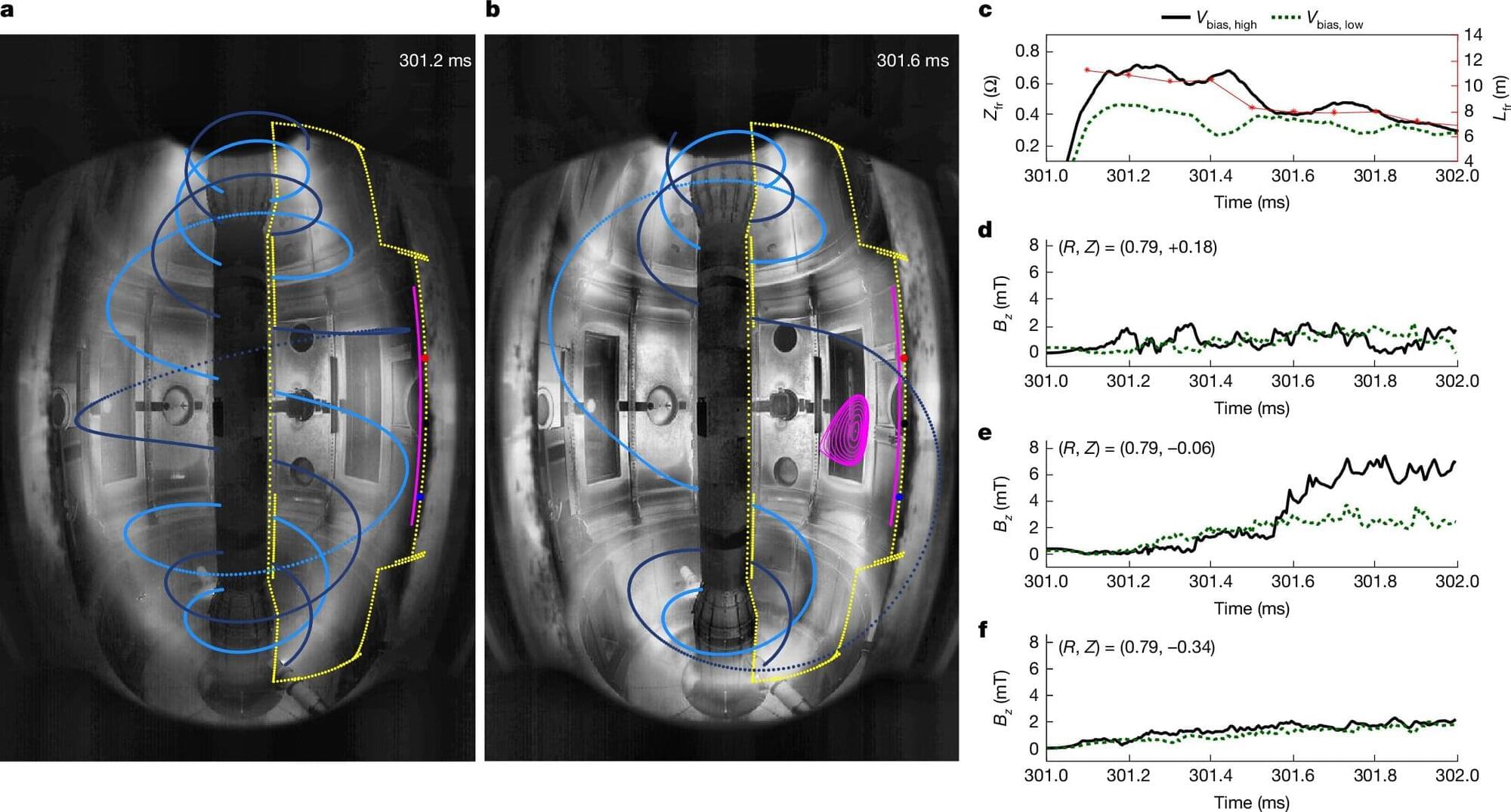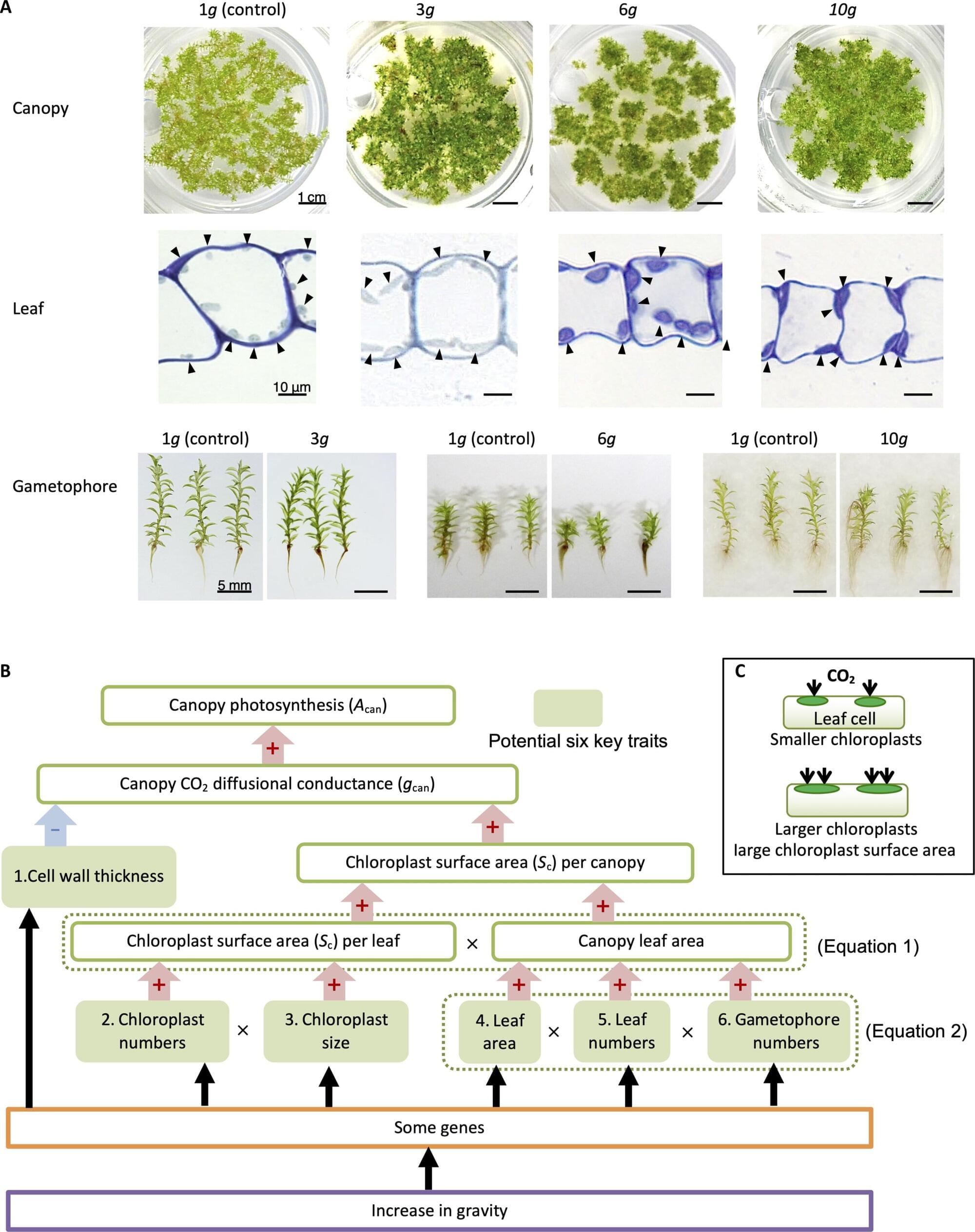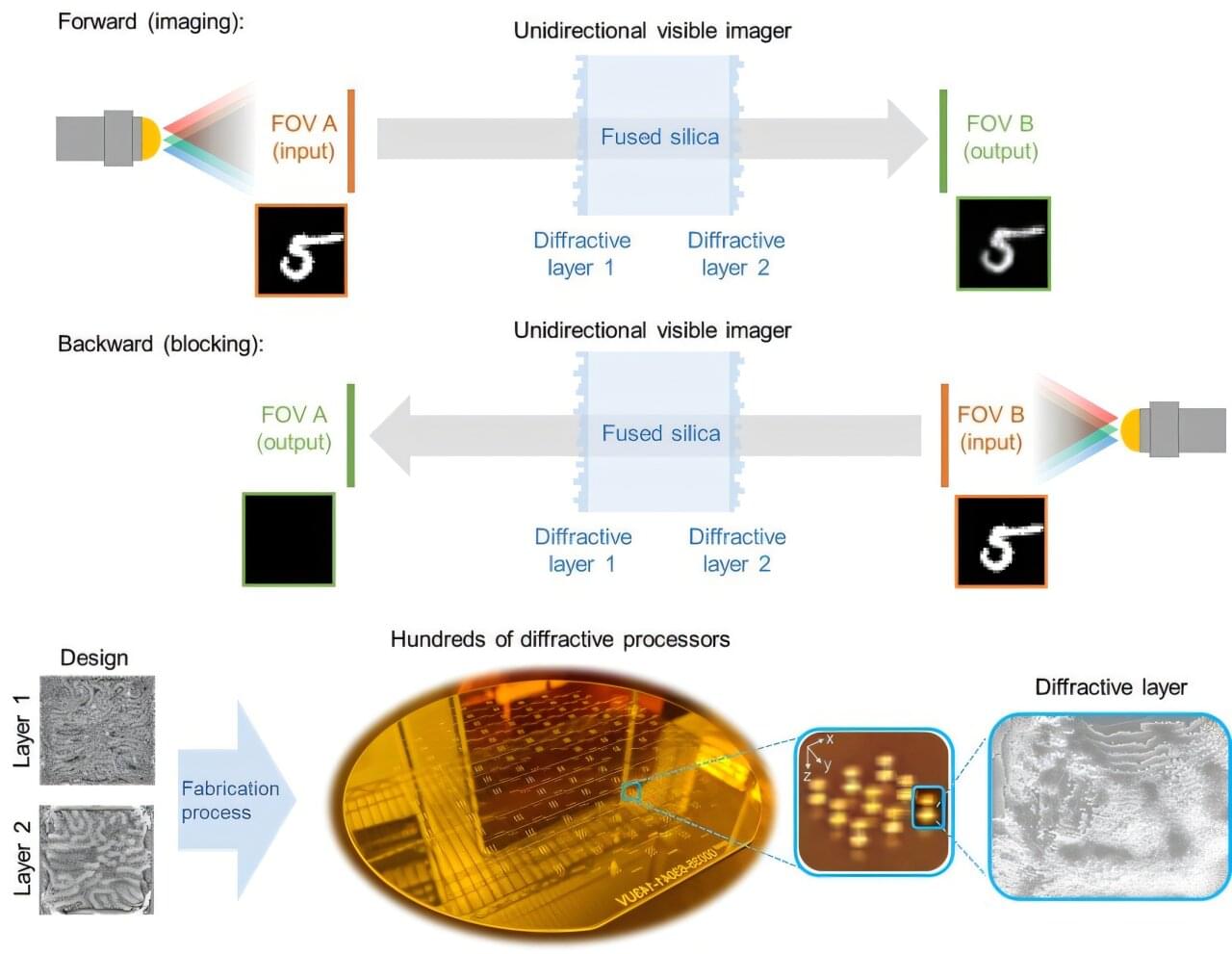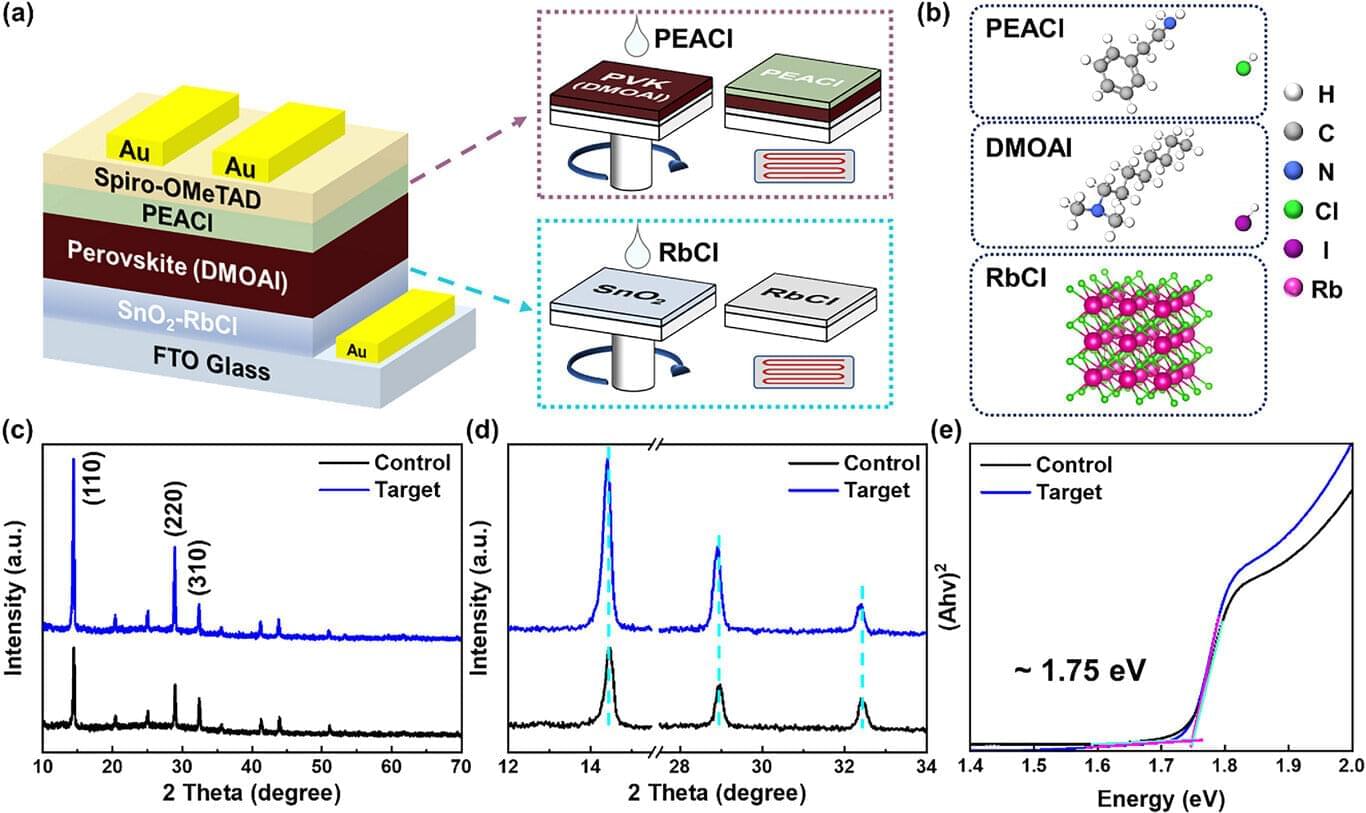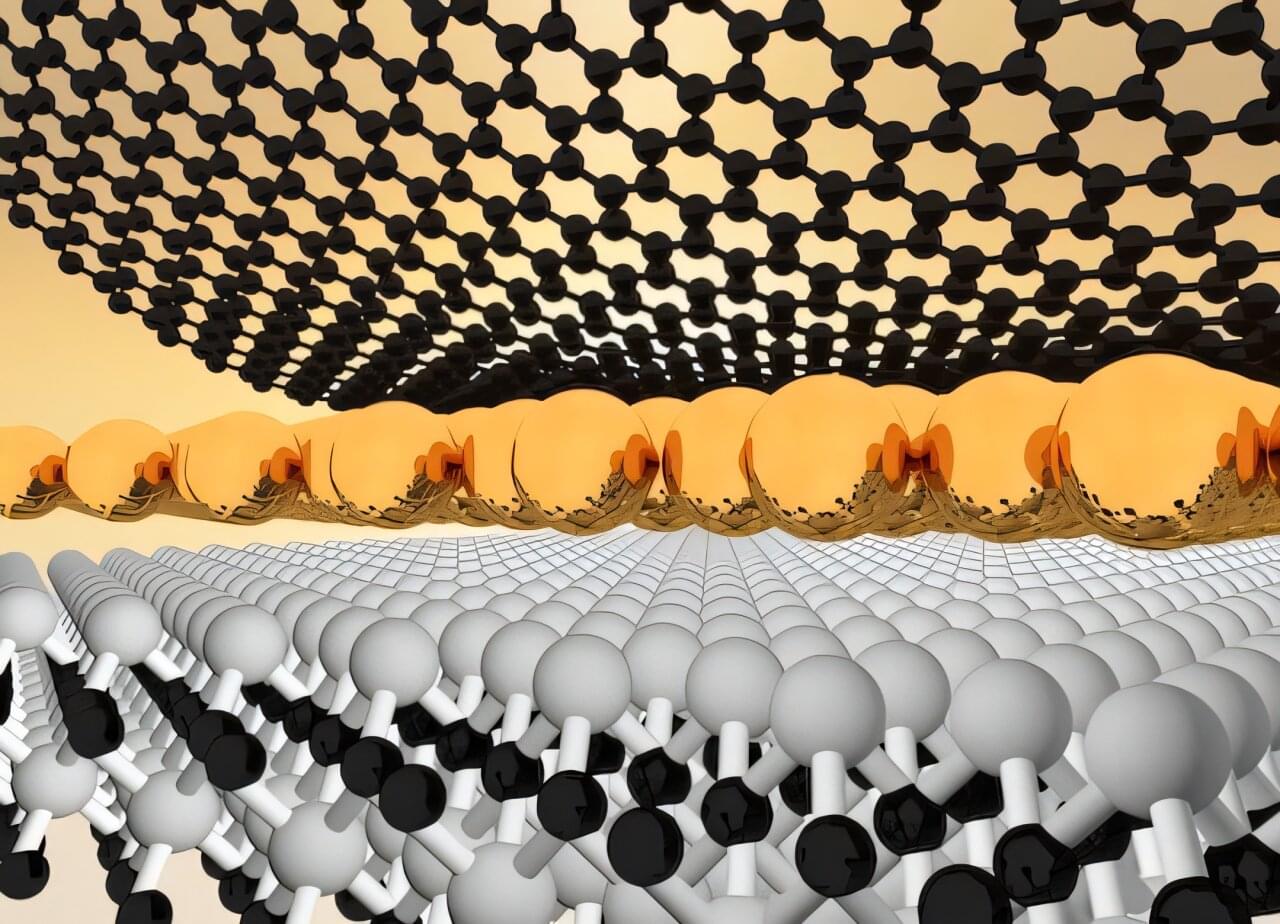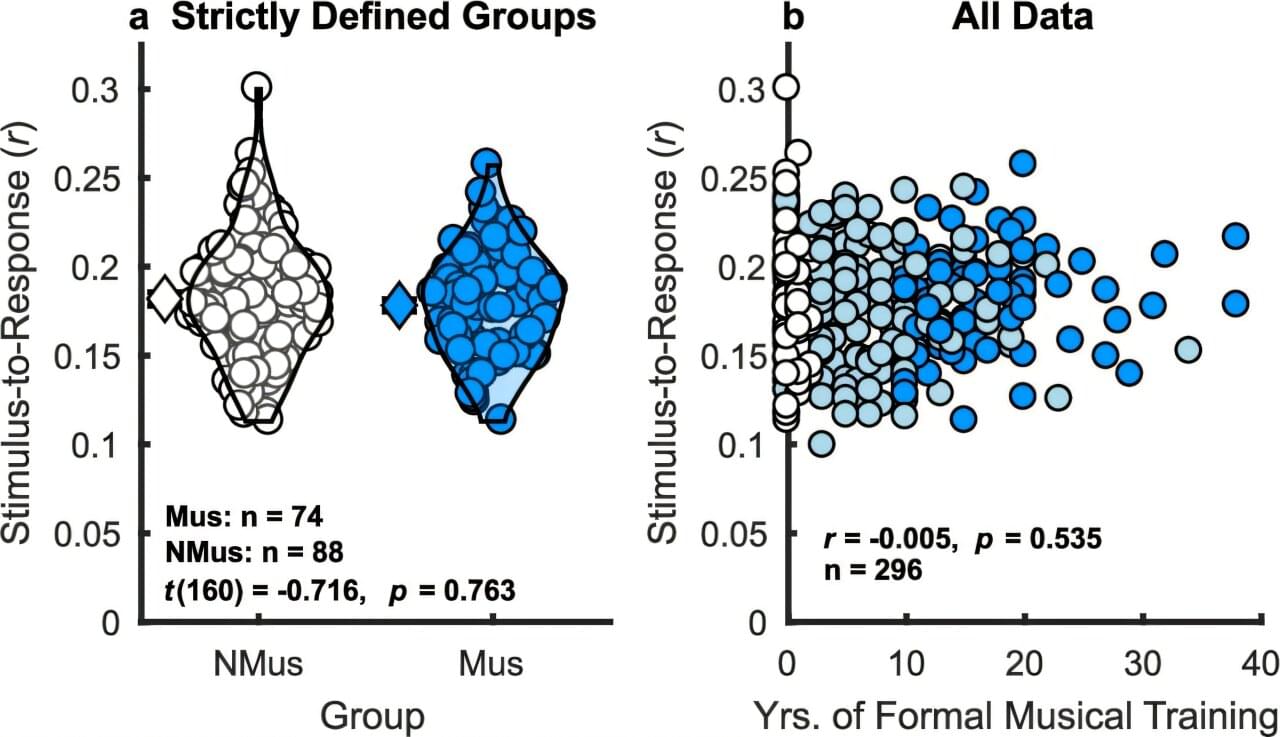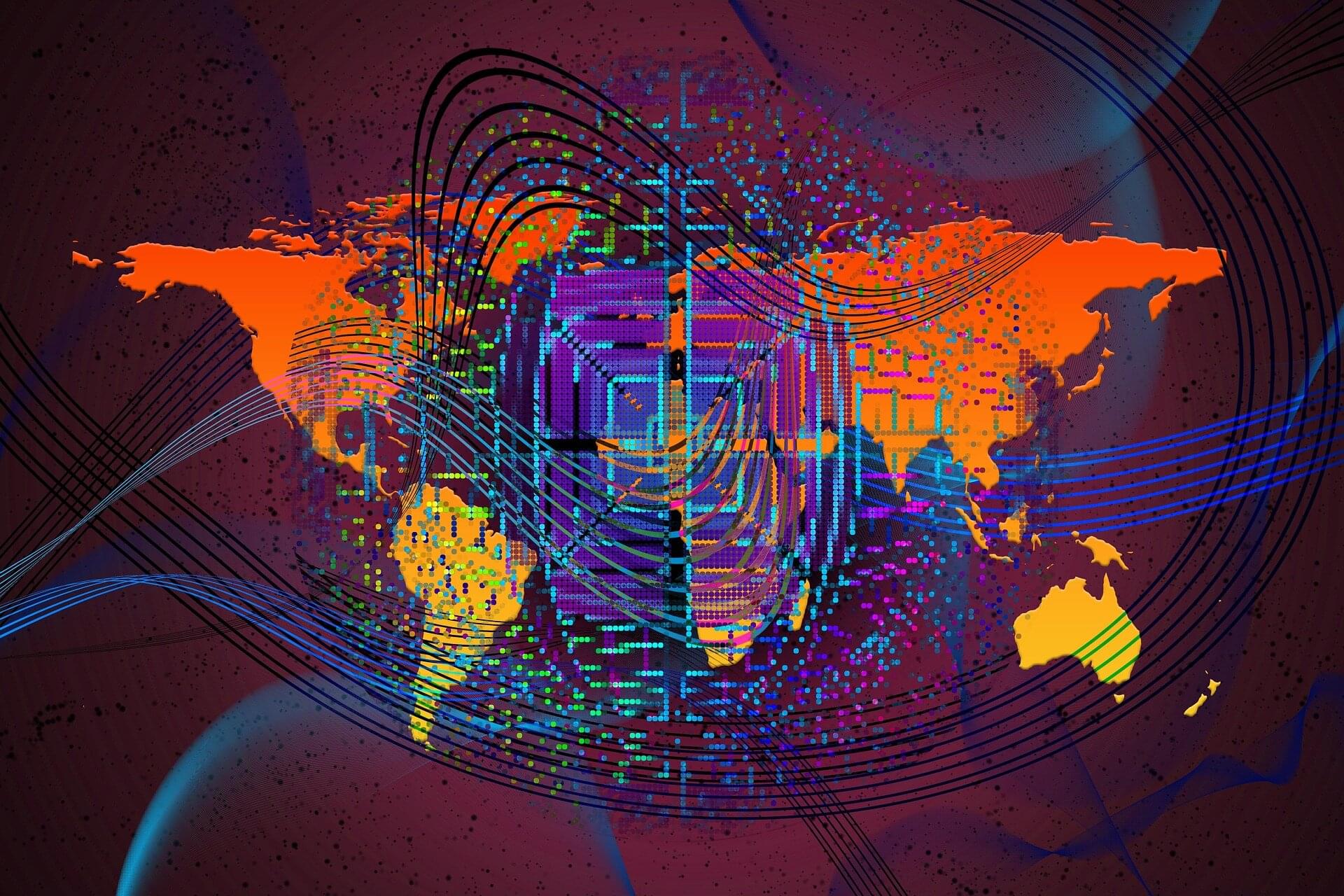In a scientific first, South Korean scientists have provided experimental proof of “multi-scale coupling” in plasma, where interactions between phenomena at the microscopic level and macroscopic level influence each other. The findings could help advance nuclear fusion research and improve our fundamental understanding of the universe.
Plasma is often referred to as the fourth state of matter, distinct from solid, liquid and gaseous states. This unique state is formed when you heat a gas to such high temperatures that electrons are stripped away from their atoms, creating a mix of free-floating positively and negatively charged particles. This state of matter is the most abundant in the universe, and fusion reactions take place within it.
Proving multi-scale coupling has been a long-standing challenge in plasma physics. But in a study published in Nature, a research team led by Dr. Jong Yoon Park from Seoul National University and Dr. Young Dae Yoon from the Asia Pacific Center for Theoretical Physics (APCTP) proved how microscopic phenomena induce macroscopic changes that affect the entire plasma system.
